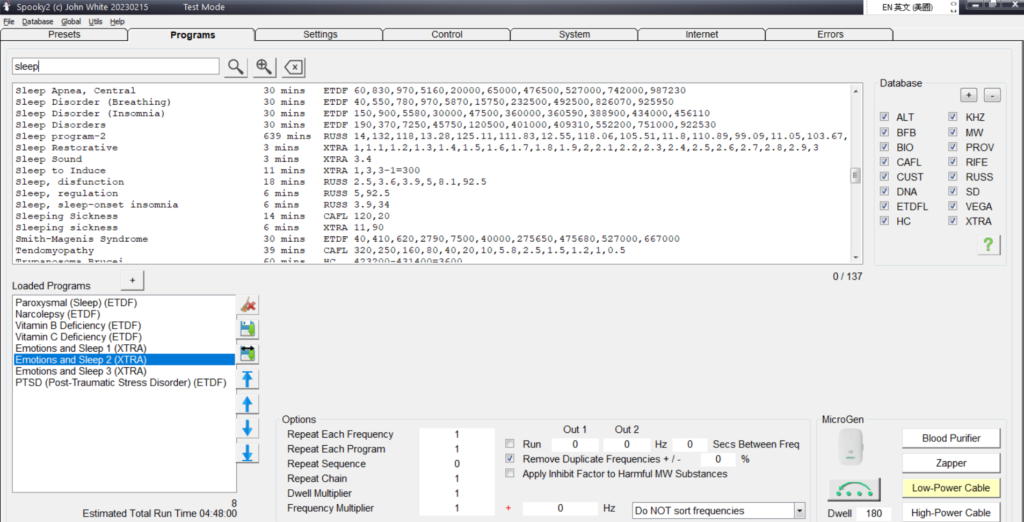
Hot summer is the season of allergies and skin problems. Itchy skin and wheals appear in itchy places, which may be hives. Hives, also known as hives, are itchy, raised welts on the skin that are usually red, pink, or flesh-colored and sometimes sting or hurt. In most cases, hives are caused by an allergic reaction to a drug, food, or environmental irritant. In many cases, hives are an acute (temporary) problem that can be relieved with allergy medications. Most rashes go away on their own, however, chronic (persistent) cases, and hives associated with severe allergic reactions, require medical attention. Hives can be very uncomfortable and can interfere with sleep and daily activities, so if you suffer from hives, you should seek medical attention as soon as possible.
The skin appearance of hives varies by person and situation, and they can appear anywhere on your body. Signs of acute hives include:
- Raised welts or bumps on the skin that may look reddish on light skin.
- The hive turns white (the center of the hive turns white when pressed).
- Itchy skin.
- Swelling under the skin can cause puffiness (angioedema).
- Painful swelling of the lips, eyes, and inside of the throat can also occur.
Symptoms of chronic urticaria and acute urticaria may look similar in many ways. They may be itchy, swollen raised sores that become shallow in the center with pressure. However, symptoms of chronic urticaria can be:
- Change size and shape.
- Appears, disappears, and then reappears at least every few days for extended periods of time, even months or years.
- Occurs with heat, exercise, or stress.
Wounds from hives are caused by the release of immune system chemicals, such as histamine, into your bloodstream. Why chronic hives occur or how short-term hives turn into long-term problems remains unclear. Hives are caused by skin reactions and can also be caused by:
- hot or cold.
- Sunlight.
- Vibrations, such as those caused by jogging or using a lawn mower.
- Pressure on the skin from a tight belt.
- Medical conditions such as thyroid disease, infections, allergies, and cancer.
Most of the time, hives go away on their own without treatment. Your healthcare provider may recommend medications and home care to help you feel better and reduce your chances of getting hives again. Common treatments for hives include :
- Antihistamines: Oral (swallow a pill) or topical (applied to affected skin) antihistamines can relieve itching caused by hives and make the allergic reaction go away or lessen.
- Allergy shots: For difficult-to-treat chronic hives, your healthcare provider may discuss monthly injections of medication to stop anaphylaxis.
- Home remedies: To relieve hives, you can take a cool bath or shower, wear loose clothing, and apply cold compresses. Over-the-counter (OTC) hydrocortisone or antihistamine creams can relieve itching and swelling.
- Spooky2 Frequency Therapy: (as below)
Unlike traditional treatments, Spooky2 Frequency Therapy uses frequency resonance to kill harmful pathogens in the body or restore cellular energy balance, Spooky2 is a great choice if you are looking for a safe and natural way to relieve hives while avoiding the side effects of prescription medications . You can run hives related programs directly in the software to help relieve hives, the following is an example of running a program through the Spooky2 remote mode, which allows you to get treatment anytime, anywhere:
First, connect the generator and remote control correctly. Second, open the Spooky2 software and select Shell (Empty) Presets > Remote > Killing (R)-JW. Then, go to the “Program” tab and enter the keyword “hives” to search for the programs you need, double click on the programs to load them into your generator. Finally, go to the “Control” tab, check “Overwrite”, select your generator port, and click the “Start” button to begin.

Finally, you can take Spooky2’s BioFeedback scan (BioFeedBack) to find the frequencies that work best for your body, and run the scan results to help relieve symptoms of hives.


